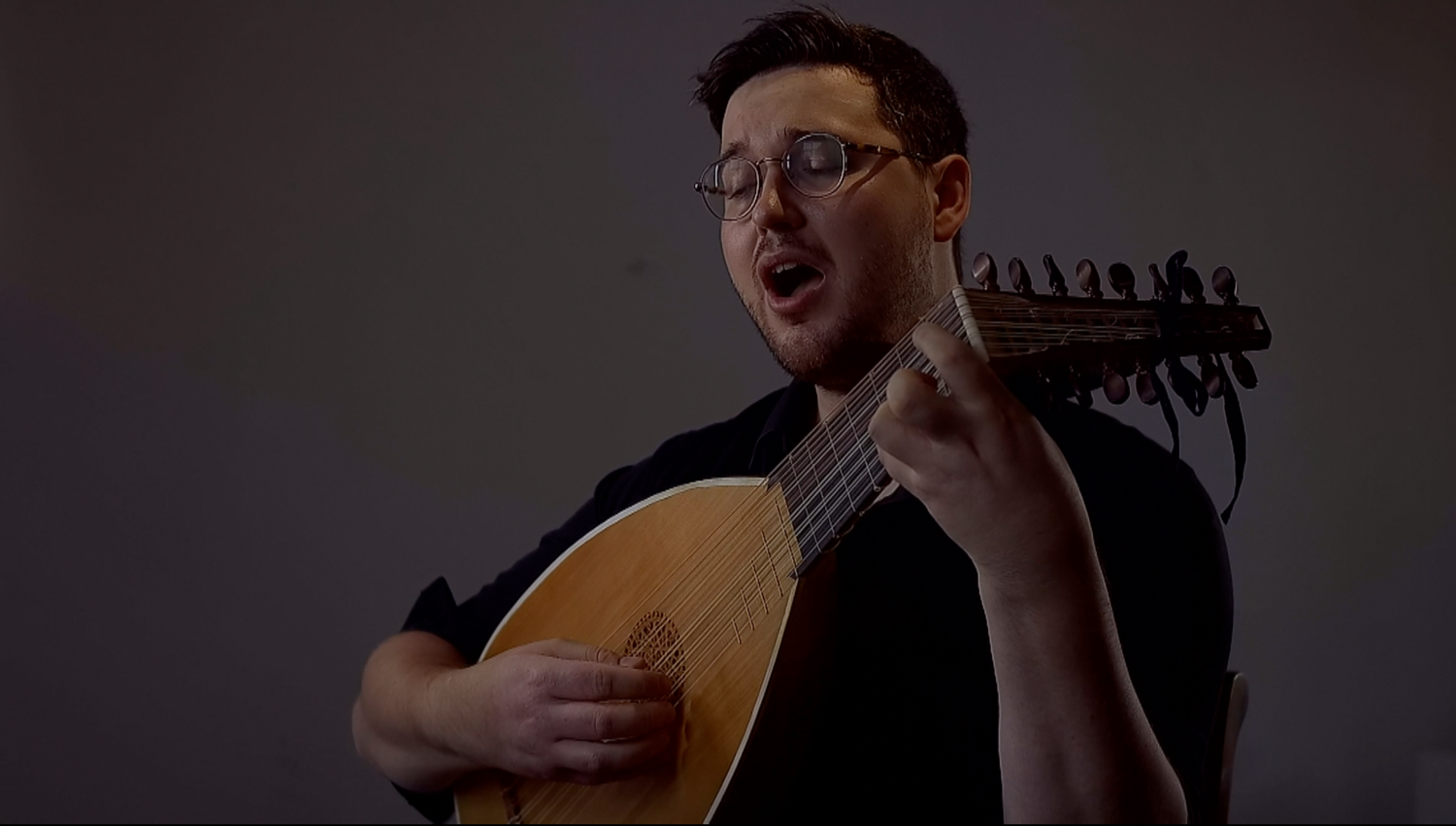Sabbatini on Developing the Falsetto (1789)
- Tim Braithwaite

- Oct 6, 2021
- 3 min read
‘Ten notes are said to be natural to every voice, because ordinarily all singers come to produce them with a voice that is said to be of the chest and full [sfogata]. Many can still reach other higher [notes in chest voice], but for the most part beyond [the range of] a tenth, one begins what are called the supernatural, or the falsetto [notes]: notes which delight if they are well formed, or are displeasing if they are badly produced. All the beauty of falsetto lies in that gradation [gradazion] which, nature having observed it in each of its works, make delightful when imitation comes from art.
The natural voice, or the chest, is full and strong in everyone: that of the falsetto is thin, and very different from the first; if therefore one makes artlessly an unexpected passing [passaggio] from one to the other, the necessary continuous gradation is removed; and there occurs singing which is against nature, and is therefore disgusting to the ear, which is part of nature itself. The solfeggio that follows has shown through experience how useful it is to the formation of the delightful Falsetto. The Master, when he sees his Disciple in his reading and vocalising, will gradually raise it by a semitone at a time, and will see, as long as the singer does not force with a full [sfogata] voice, what ease he will acquire in the runs [volatine], and in everything else that depends on a good falsetto. Moreover, so that the player does not feel the pain of raising the chant by a semitone, it has been thought to give him every necessary transposition.’
‘Dieci corde si dicono naturali a qualunque voce, perchè ordinariamente tutti i Cantanti giungono ad intuonarle con voce che suol dirsi di petto, e sfogata. Molti giungono ancora ad altre più elevate, ma per lo più dopo la decima incomincia ognuno quelle che si dicono Soprannaturali, ossieno di Falsetto: corde che quanto dilettano, se vengono ben formate, altrettanto dispiacciono, se malamente s'intuonano. Tutto per altro il bello del Falsetto è riposto in quella gradazione, che, la natura avendola osservata in ogni sua opera, rendesi dilettevole quando imitata venga dall' arte. La voce naturale, ossia di petto è in tutti piena, e forte: quella del Falsetto è esile, e dissimile molto dalla prima; se dunque senz' arte si faccia dall' un' all' altra un impensato passaggio, ecco tolta la necessaria continuata gradazione; ed ecco in sequela un cantare contro natura, e disgustoso perciò all' orecchio, che è parte della natura stessa. Il Solfeggio che siegue à fatto vedere per esperienza quant' egli giovi alla formazione del dilettevole Falsetto. II Maestro quando vedrà franco il suo Discepolo nella di lui lettura, e vocalizzo, gliel vada alzando gradatamente di un mezzo tuono per volta, e vedrà, purchè non forzi con voce sfogata il Cantante, qual facilità questi anderà acquistando nelle volatine, ed in tutt' altro, che dal buon Falsetto dipende. Innoltre, acciochè il Suonatore non provi la pena d' innalzare di un mezzo tuono la cantilena , s'è pensato a dargliene sott' occhio ogni necessario trasporto.’
———————-———————-———————-———————-———————-——
*Notes*
Luigi Antonio Sabbatini, Elementi Teorici Della Musica (Roma: Pilucchi Cracas, e Giuseppe Rotilj socio, 1789). My translation.
The example below is the solfeggio discussed in the above passage. The intention is that the singer repeats the exercises while the accompanist rises by semitone on each repeat, as notated on the second page. Notice that the exercise is written to be performed as a canon for two voices.






Comments